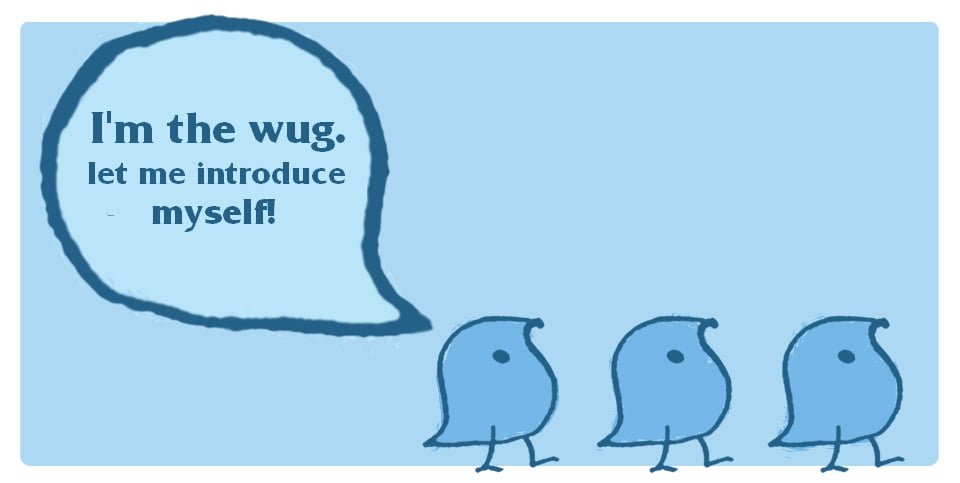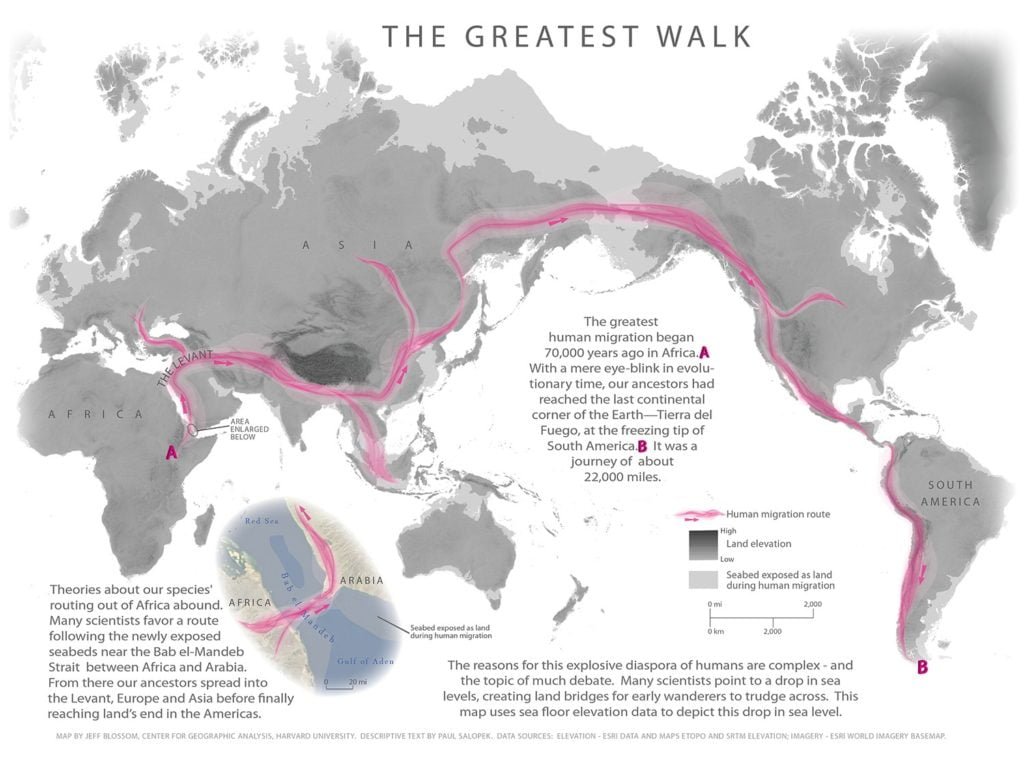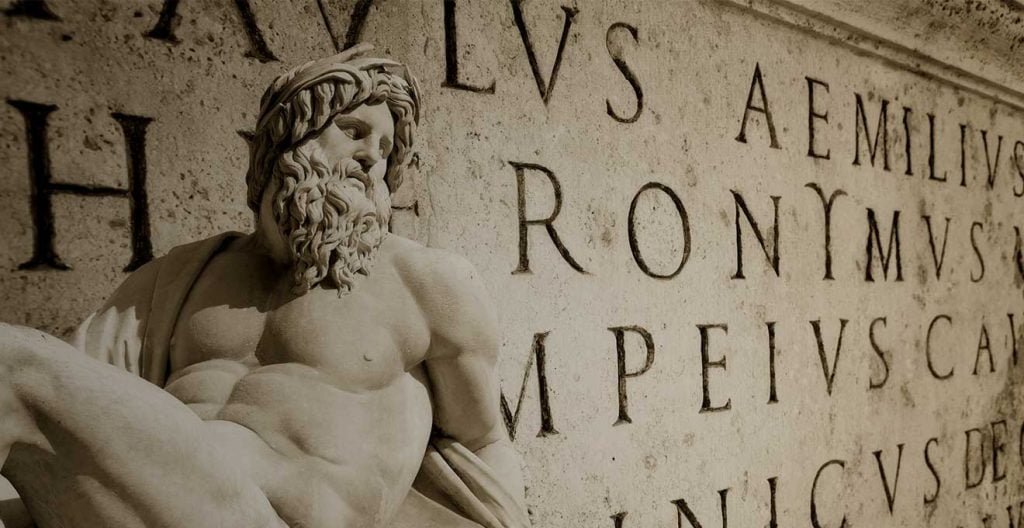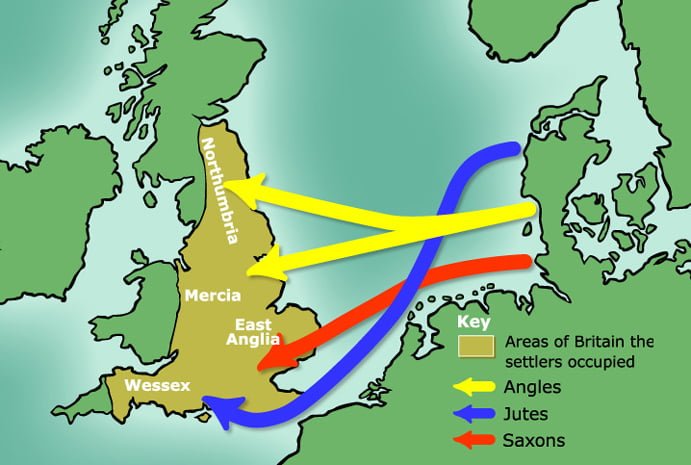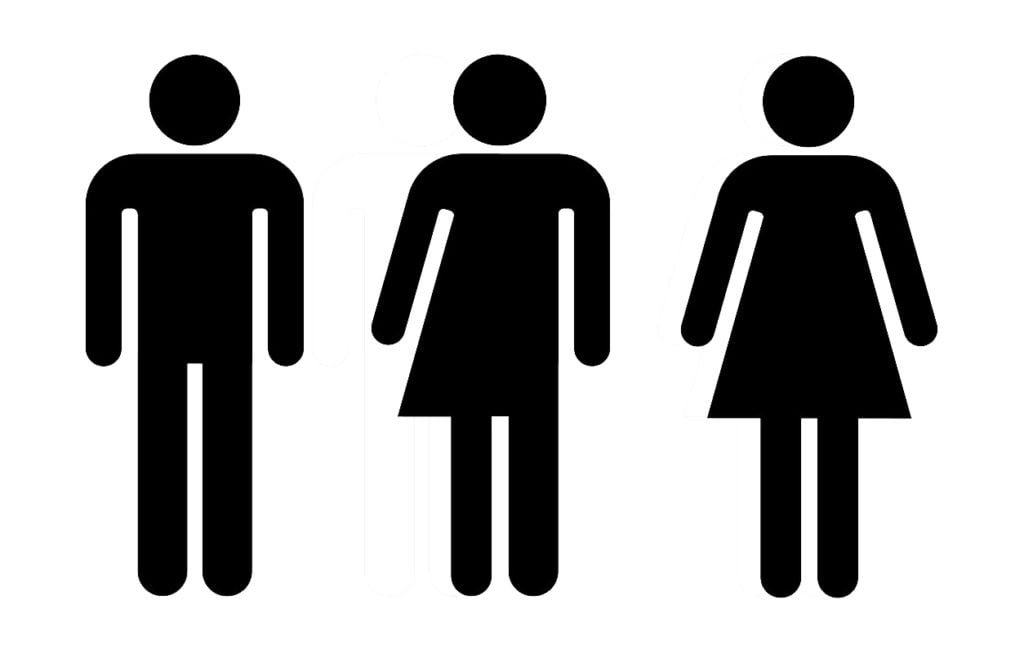A wug is an imaginary cartoon creature created and first used by psycholinguist Jean Berko Gleason to test people’s ability to use the English plural morpheme*. The test usually involves two cartoon panels—one depicting one wug with the caption “This is a wug,” and the other depicting two wugs with the caption “Now there is another one. There are two of them. There are two ____.”
If the test subject has the plural morpheme in his or her English, the test subject will fill in the blank with “wugs.” If not, then the blank usually gets filled with “wug.”
Here are the two panels, which show you what wugs look like.
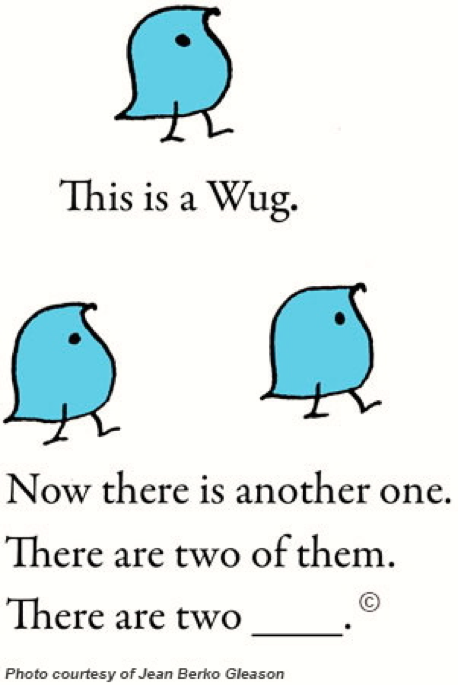
Note that the wugs only elicit one of the allomorphs** of the plural morpheme, namely the [z] allomorph that is suffixed to a noun that ends with a voiced consonant (like /g/). Other creatures may be needed to elicit the [əz] in “dresses” and the [-s] in “socks.”
*A “morpheme” is a sequence of sounds [or combination of movements in sign language] that carries a meaning, and whose constituent sounds carry no meaning by themselves. “Sing” has one morpheme. “Sing-ing” has two. “Sing-ing along” comprises two words, but three morphemes.
**An “allomorph” occurs when one morpheme, such as the English plural morpheme, has more than one pronunciation across contexts. So, though the regular English plural comprises one morpheme, it can be pronounced [z], [s], or [əz] depending on which final consonant the associated noun has.
